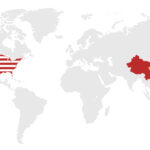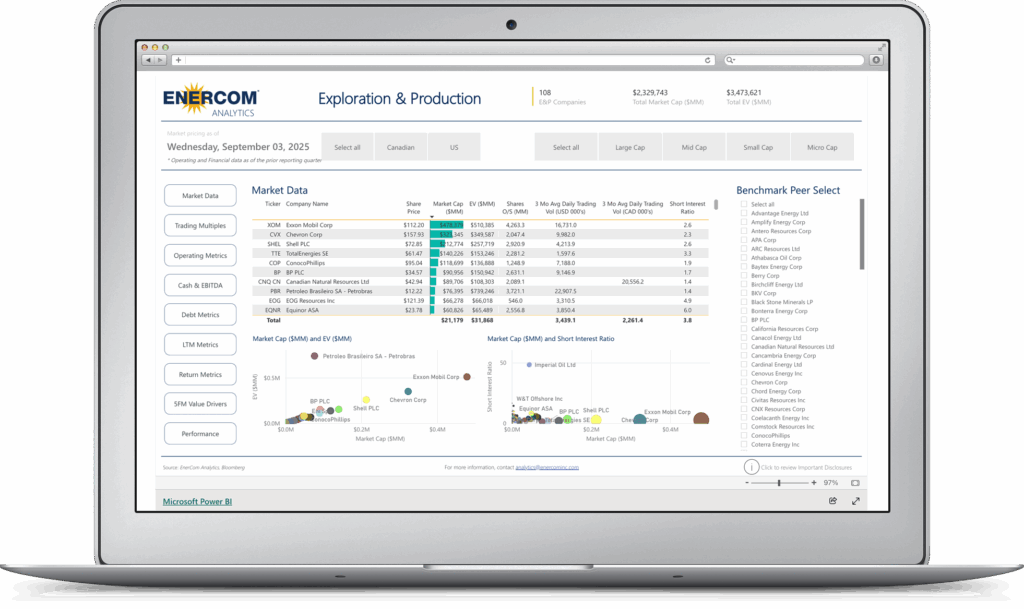(Oil Price) – Oil markets have kicked off the new week on the back foot, with oil prices sliding after a disappointing Chinese stimulus while traders continue to digest news of Trump winning a second term in the White House.
Whereas China’s top legislative body approved a $1.4T package to help local governments swap some of their mounting debts off their balance sheets, the lack of new fiscal stimulus for the lagging economy underwhelmed financial markets.
According to SPI Asset Management’s Stephen Innes, Beijing’s latest move “felt more like a quick fix than the full-blown stimulus bazooka the markets had hoped for, a response met with collective eye-rolls.” Brent crude for January delivery was trading at $72.11 per barrel at 13.00 pm ET in Tuesday’s session, considerably lower than a nearly one-month high of $75.97 they reached on Thursday shortly after the American presidential elections.
Trump’s re-election has temporarily removed the world’s focus on the ongoing turmoil in the Middle East.
Unfortunately, the war rages on: a Lebanese health ministry has reported that at least 23 people including seven children were killed on Sunday following Israeli strikes on northern Lebanon and Gaza. On Monday, Saudi Arabia’s Crown Prince Mohammed bin Salman demanded that Israel immediately ends its military aggression in Gaza and Lebanon. Speaking at the opening of a summit of Arab and Muslim leaders in Riyad, MBS urged Israel “to refrain from any further act of aggression” and called on other countries to recognise Palestinian statehood.
Many observers have predicted that Trump’s administration would be far worse for Palestine and the Middle East, thanks to his pro-Israel rhetoric and threats to bomb Iran. Tehran is certainly wary of Trump, recently urging him to reconsider the “maximum pressure” policy he pursued against Iran in his first term.
“Trump must show that he is not following the wrong policies of the past,” Iranian Vice President for Strategic Affairs Mohammad Javad Zarif told reporters on Saturday.
Caught up in this snafu are multiple countries, including India, a key driver of oil demand growth. India’s geostrategic positioning and access to two of the world’s most critical maritime chokepoints–the Malacca and Hormuz Straits–make it a critical player in the global oil trade. Hormuz is the world’s most important oil transit choke point.
Chokepoints are narrow channels along widely used global sea routes that are critical to global energy security. Even temporary disruptions that occur along these critical routes can lead to substantial increases in shipping costs, increasing world energy prices. Located between Oman and Iran, Hormuz connects the Persian Gulf with the Gulf of Oman and the Arabian Sea. The Strait of Hormuz is the only maritime link to the rest of the world for Iraq, Kuwait, Bahrain, and Qatar, with their economies highly dependent on imports for basic necessities.
Over 85% of India’s oil is imported via the Strait of Hormuz while key trade routes pass through the Malacca Strait. Together, these straits see over 60% of the world’s oil flow and a third of global trade, underscoring their strategic importance for not only India’s but the world’s energy security and economic continuity, according to the EIA.
Whereas a lot of focus lately has been on India’s surging imports of Russian oil, the country actually buys the lion’s share of its oil from the Middle East. In August, the Middle East accounted for 44.6% of India’s crude imports, up from 40.3% in July. Iraq, Saudi Arabia, the UAE and Kuwait are the main Middle Eastern suppliers of oil to India. In contrast, the share of Russian crude fell to 36% after five straight months of increases.
India imports nearly half of its liquefied natural gas (LNG) from Qatar. Back in February, India’s Petronet LNG (PLL) and QatarEnergy inked a long-term LNG Sale & Purchase Agreement (SPA) for the supply of around 7.5 million metric tons per annum (MMTPA) of LNG to India over the next 20 years. The deal involves LNG imports of $78 billion by the PLL during the contract period.
Important oil shipping routes such as the Red Sea and the Strait of Hormuz can be easily disrupted. The blocking of the Strait of Hormuz would be particularly alarming for India since it’s the route it uses to get oil from Iraq and Saudi Arabia and LNG from Qatar. Further, India’s economy would definitely take a hit if oil and gas from the Middle East were cut off. An oil price shock would likely force the government to divert funds from activities such as building infrastructure to spend on heavier fuel subsidies. According to a Morgan Stanley report, every $10 per barrel increase in oil prices could result in a 0.5-percentage point increase in India’s Consumer Price Index (CPI).
Meanwhile, Clearview Energy Partners has predicted that oil prices could gain as much as $28/bbl if flows are blocked in the Strait of Hormuz; $13/bbl if Israel strikes Iranian energy infrastructure and $7/bbl if the U.S. and its allies placed economic sanctions on Iran.
Will Iran try to block Hormuz? The Iranian coastline overlooks the Strait for more than 100 nautical miles. Even limited Iranian attacks might be sufficient to close down traffic. Iran has shore batteries of anti-shipping missiles covering the strait. The IRGC has a mining capability that would likely be highly effective in the shallow and constricted waters of the strait, having specialized for years in speedboat swarm attacks on merchant vessels. Israel regards Iranian leadership of its Axis of Resistance as critical to effectively attacking Israel on multiple fronts and could be feeling more emboldened with Trump in the White House again. Only time will tell how much Tehran would be willing to tolerate Israel’s assaults without dramatically escalating the conflict.
By Alex Kimani for Oilprice.com







